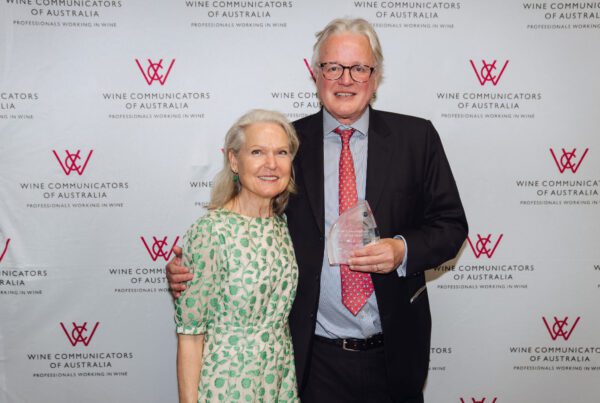
Alister Purbrick, in his article “Blame The Perfect Storm” in the latest edition of WBM – Australia’s Wine Business Magazine, seeks to explain away the current industry crisis as a “perfect storm”.
While it may have just been a poor choice of descriptor by Alister, it was wrong.
Nothing could be further from the truth.
A perfect storm occurs at the conflation of a number of unpredictable factors which result in a severe or catastrophic event.
The industry crisis is a not a perfect storm.
The crisis has been in the making at least since the release of Strategy 2025 and the investment tax concessions for agricultural plantings in the mid 1990s.
The crisis should have been on the radar of the industry organisations and leaders for years.
That the industry finds itself in such a crisis today is due largely to inaction or a failure of leadership to take steps to address the over-planted national vineyard and put a brake on the 25 percent oversupply.
In my article in the same edition of WBM – “An Industry In Crisis” – I referred to industry leaders and the then Winemakers’ Federation of Australia, saying the supply and demand imbalance would be corrected by “market forces” and one leader saying the oversupply should be encouraged as it would “bring grape prices down” and the disingenuous statement “Don’t worry when the investors go broke, the vineyards will remain in the ground for the benefit of the industry”.
These very wrong assumptions explain the inaction on the planting frenzy, driven by tax concessions and regular media boasts from WFA extolling another export record being broken and other positive news about an industry unabashed by its success.
Some of the authors of those statements remain influential in the industry today.
There are a number of issues which have contributed to the parlous state of the industry.
However, by far, the core of the crisis is the oversupply from an overplanted national vineyard.
And yet this remains unaddressed as does a national vineyard register – you cannot manage that which you cannot measure.
Organisational restructure and fairer and equitable representation of the two industry sectors are hardly highlights of the One Sector Plan, so enthusiastically embraced by Alister Purbrick, but which has underwhelmed so many others.
Alister is a long time board member of AGW.
It was disappointing to read his explanation of the crisis as a perfect storm.
He adds Covid 19, the Russia Ukraine War and inflation etc. to support his perfect storm scenario.
A cynic might say that such an explanation is a smokescreen to soften the harsh reality that at the core of this crisis and by a country mile, its most damaging factor, is an oversupply whose effects should have been on the wheelhouse radar where industry leaders gathered, apparently not seeing the rocky reef their industry ship was sailing towards sticking out of the calm waters for nearly 20 years.
If the perfect storm is the consensus of WGA and WA and their boards, it looks suspiciously like they are reluctant to accept that most of this crisis is self-inflicted – that errors of judgement, caution and wildly inaccurate assumptions in a period of great industry prosperity were failures of leadership.
In my article I suggested this was not a time to seek blame – that’s counterproductive – but to seek solutions, restructure and reset.
That should be the focus.
Finally, Alister beseeches “Bill Moularadellis and Australian Commercial Wine Producers to put ACWP on hold and come back into the Australian Grape & Wine fold”.
But subsequently he says this about the sector which produces 65 percent of Australia’s wine and 80 percent of its exports: “They should not be leading the charge” in his future industry as “international competitors arguably make as good, if not better, warm area sourced wines – (Australia simply) can’t compete.”
The hypocrisy of wanting ACWP inside the tent while dismissing them as having no place in the leadership and, outrageously, no future because they are not competitive, is an alarming revelation of the attitudes which prevail at AGW and does not bode well for a collegiate industry response and resolution to the crisis.














Recent Comments